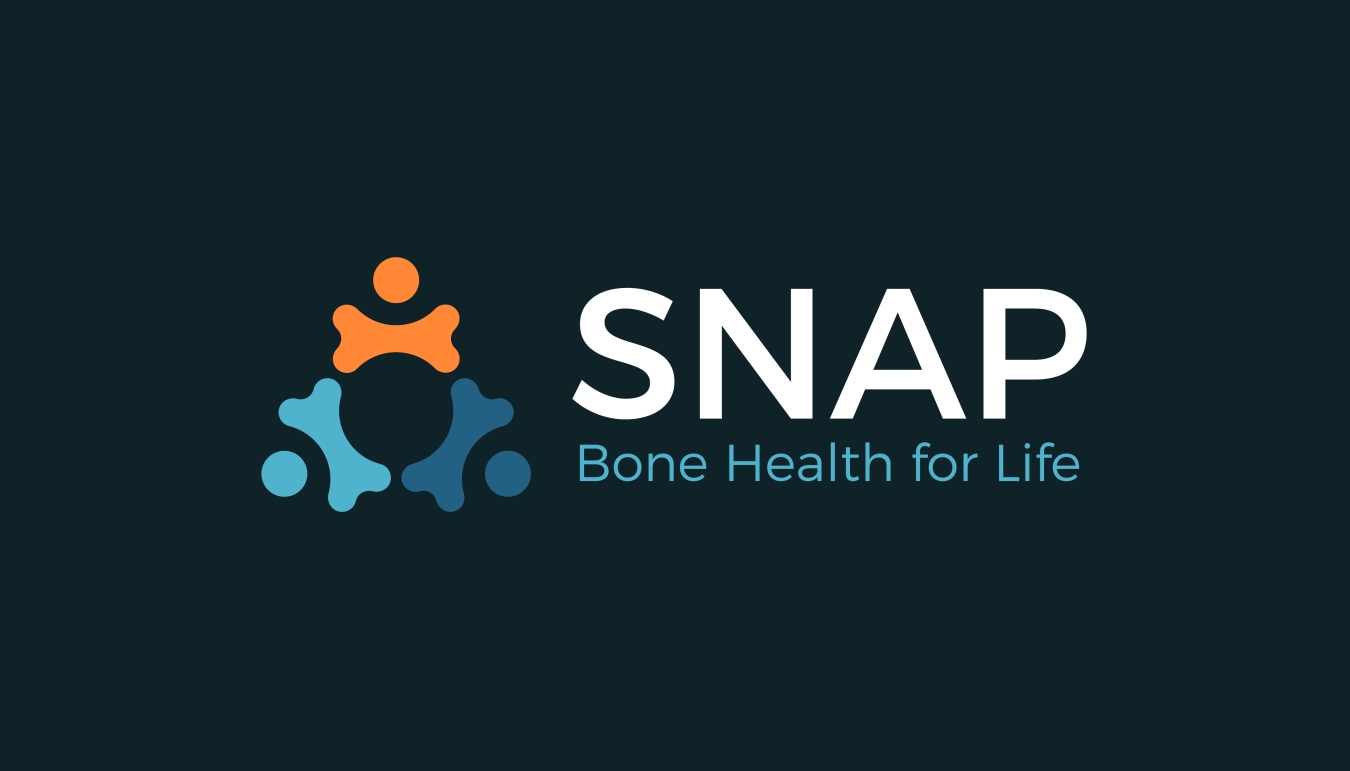
Calcium: The Bone-Strengthening Mineral
Although many nutrients are involved in maintaining bone health, calcium takes centre stage as it is the most important mineral for healthy and strong bones. It plays a role in not only building bones but also ensuring that our heart, muscles, and nerves function optimally.
Daily Calcium Requirement
Recommended Daily Allowance (RDA) (average daily level of intake sufficient to meet the nutrient requirement of healthy individuals) of calcium1:
- Children aged 4-8 - 1,000 mg per day
- Children aged 9-18 - 1,300 mg per day
- Adults aged 19-50 (men and women) - 1,000 mg per day
- Women aged 50 and above - 1,200 mg per day
- Men aged 50 and above - 1,000 mg per day
- Older adults (men and women) aged 70 and above - 1,200 mg per day
To ensure optimum absorption, it is recommended that calcium intake is distributed throughout the day, as higher intake at once can lead to reduced absorption.1
The Best Sources of Calcium
The best source of calcium is food and embracing a diet rich in calcium is thus crucial, especially when osteoporosis looms large in our collective health challenges. Here's your guide to ten calcium-rich foods that are both scrumptious and bone-strengthening.
To ensure optimum absorption, it is recommended that calcium intake is distributed throughout the day, as higher intake at once can lead to reduced absorption
- Dairy Products
Milk, cheese, and yoghurt have traditionally been the poster children for calcium and rightly so. A single cup of milk can deliver approximately 300 mg of calcium.2 Consider incorporating varied dairy products into your diet, like enjoying a bowl of yoghurt with breakfast or sprinkling cheese on your salads and pastas. - Leafy Greens
Leafy green vegetables like spinach, kale, lettuce, rocket and collard greens are excellent sources of calcium. What's more, they come with additional nutrients like vitamin K, vitamin A, and fibre.3 - Fish
Certain fish, salmon and sardines in particular, are rich sources of calcium. Sardines, for instance, allow the ingestion of calcium found in their edible bones, while also offering omega-3 fatty acids that are known for their positive effects on heart health.4 - Almonds
Amongst nuts, almonds contain the highest calcium levels. Not only are they replete with calcium, but they also offer magnesium, which further supports calcium in boosting bone strength.4 - Seeds
Although tiny, seeds like chia, sesame, and sunflower are nutritionally big. Just a tablespoon of these seeds can significantly augment your daily calcium intake while also providing healthy fats and fibre.4 - Tofu and Tempeh
For those embracing a plant-based diet, tofu and tempeh can serve as significant calcium sources. As little as 100 g of raw tofu can contain 683 mg of calcium.5 However, this can vary depending upon the source. Fortified tofu can offer even higher levels of calcium. - Beans and Lentils
In addition to being protein-dense, beans and lentils are also great sources of calcium. One cup of canned black beans contains about 239 mg of calcium.6 Incorporate varied beans like soybean, chickpeas and black beans or lentils in your soups, salads, and stews for a calcium boost. - Figs
Be it fresh or dried, figs are packed with nutrients including generous amounts of calcium. Just one dried fig contains 20 mg of calcium.7 With their sweet, chewy flesh, figs make for a deliciously sweet calcium source that can be conveniently enjoyed as a snack or added to cereals and salads. - Oranges and Orange Juice
Oranges, renowned for vitamin C, also offer a decent amount of calcium. One large orange contains 50 mg of calcium.7 Moreover, fortified orange juice can serve as a great source of calcium while hydrating and refreshing you. - Fortified Foods
An array of calcium-fortified foods can be found in the market, such as fortified cereals, juices, and plant milks, which can help you meet your calcium requirements effortlessly.
While it is important to maintain a calcium-rich diet, ensuring a balance of nutrients that support calcium absorption, like vitamin D and magnesium, is equally significant. This can be achieved by consuming varied food items, keeping your diet well-rounded and balanced.
References
1. Office of Dietary Supplements. Calcium: Fact sheet for health professionals. National Institutes of Health. Available from https://ods.od.nih.gov/factsheets/Calcium-HealthProfessional/
2. Morberg, B., & Garden-Robinson, J. (2001). Got Calcium.
3. Natesh, H. N., Abbey, L., & Asiedu, S. K. (2017). An overview of nutritional and antinutritional factors in green leafy vegetables. Horticult Int J, 1(2), 00011.
4. Trailokya, A., Srivastava, A., Bhole, M., & Zalte, N. (2017). Calcium and calcium salts. Journal of the Association of Physicians of India, 65(1), 1-2.
5. United States Department of Agriculture. Food Data Central. Available from https://fdc.nal.usda.gov/fdc-app.html#/food-details/172475/nutrients
6. Cleveland Clinic. Calcium-rich foods. Available from https://health.clevelandclinic.org/calcium-rich-foods/
7. Royal Osteoporosis Society. Calcium-rich food chooser. Available from https://theros.org.uk/information-and-support/bone-health/nutrition-for-bones/calcium/calcium-rich-food-chooser/


